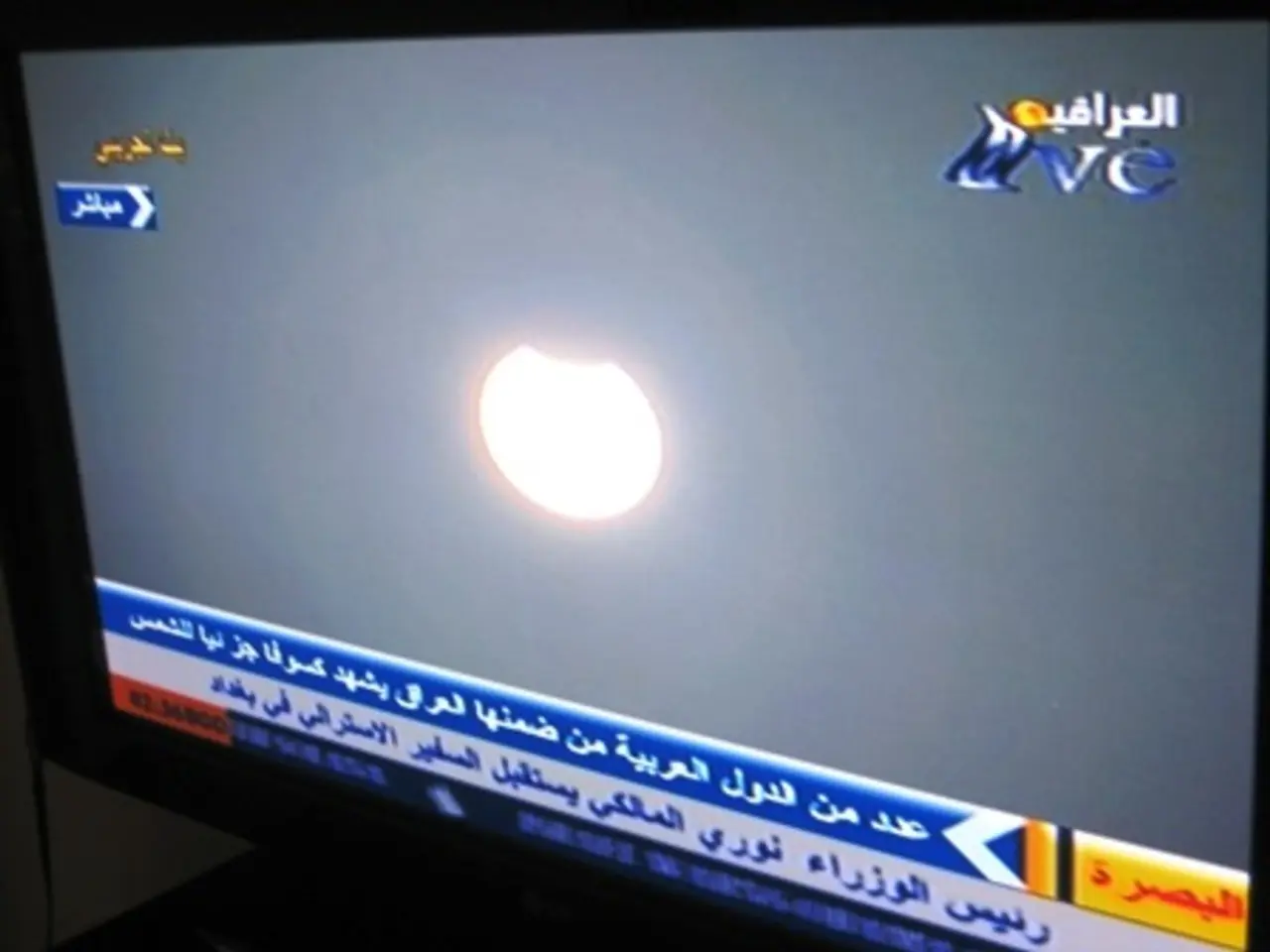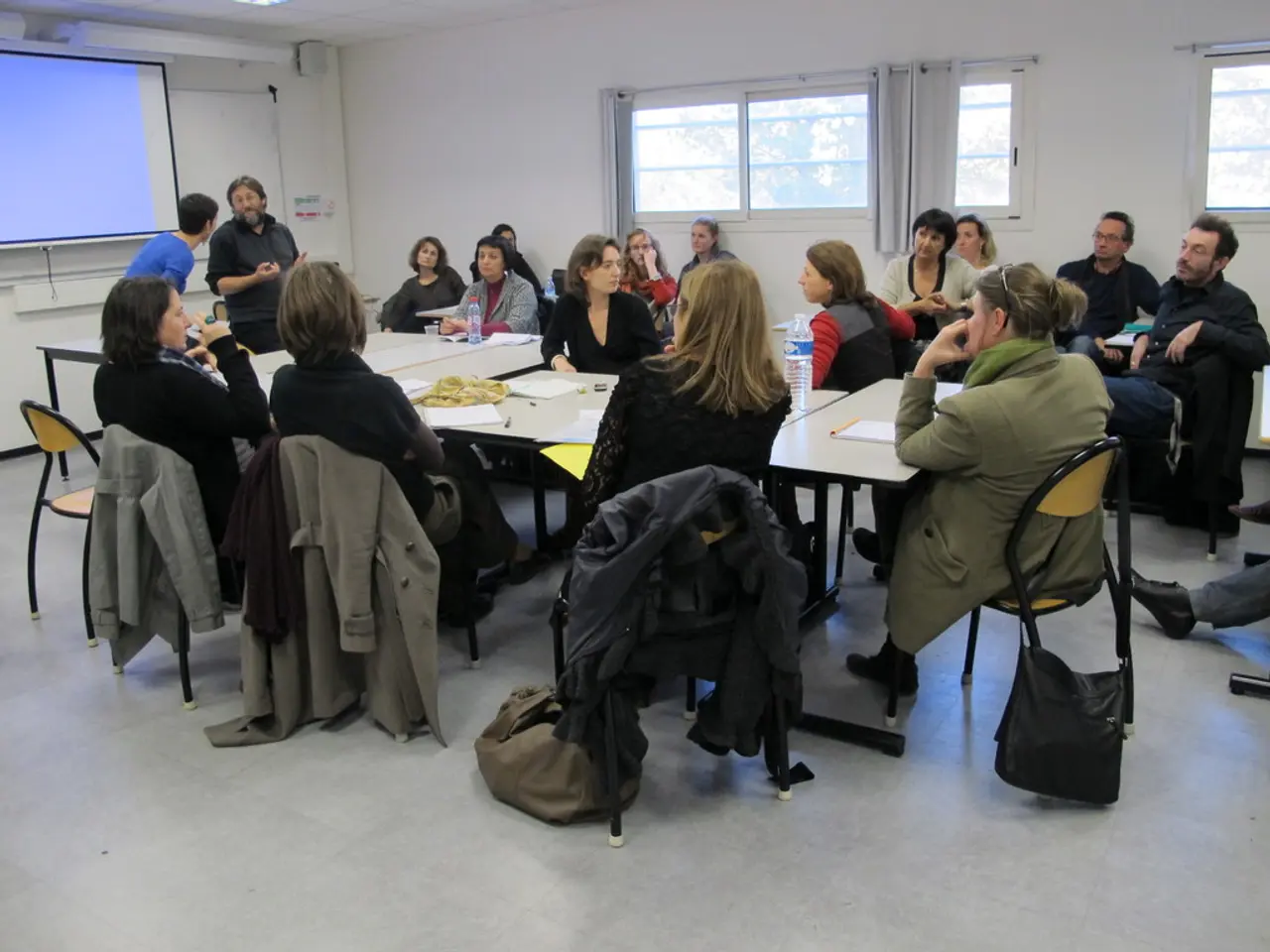New VP of Standards Development at ATSC Highlights the Global Possibilities of ATSC 3.0
ATSC 3.0, also known as Next Gen TV, is making strides as a global standard for digital terrestrial television. Originally developed by the Advanced Television Systems Committee (ATSC), the standard has been adopted by several countries, including South Korea, Jamaica, Trinidad & Tobago, and is being tested in India and Canada [1].
Recently, Brazil announced its adoption of the "physical layer" portion of the ATSC 3.0 standard for its "TV 3.0" advanced TV standard [2]. Luiz Fausto, a former tech executive with Globo TV, Brazil's largest TV network, has been appointed as the new vice president of standards development for the ATSC [3]. Fausto will work in parallel with Jerry Whitaker to learn about the inner processes of the ATSC.
The SBTVD Forum, responsible for the final recommendation to the Brazilian Ministry of Communications, is looking to establish a stronger partnership with ATSC to keep the evolution of the TV 3.0 system harmonised with ATSC 3.0 [4]. The ATSC 3.0 standard is seen as flexible enough to accommodate small variations within the same framework and still be considered a single family of standards [5].
The best video codec currently available is VVC, which has replaced HEVC in the evolution of ATSC 3.0. AI is being considered for use in finding inconsistencies in standards, defining acronyms consistently, and helping implementers understand standards more quickly and accurately [6].
The Broadcast to Everything Project (B2X) is a current project that aims to align the ATSC 3.0 physical layer more closely with the 5G physical layer and take into account alignment with the 5G core and potential future 6G core [7]. Digital Radio Mondiale (DRM) services are also being developed to be carried over ATSC 3.0 [8].
However, there is no universal mandate globally; adoption depends on market forces and regulatory choices. In the United States, the National Association of Broadcasters (NAB) proposed a federally mandated transition plan targeting a shutdown of ATSC 1.0 in 55 top U.S. markets by February 2028, encouraging a “flash cut” to ATSC 3.0 [1][5]. Weigel Broadcasting and other stakeholders have pushed back, advocating for cautious transition guardrails ensuring no viewers are left behind [1].
Despite these controversies, ATSC 3.0 is poised to significantly enhance the digital terrestrial television experience. It offers improved picture and sound quality, including ultra-high-definition video, hybrid broadcast-broadband integration enabling interactivity and personalization, improved mobile reception due to increased signal robustness, and advanced emergency alerting with geotargeting capabilities [9].
However, there are concerns about consumer impact, such as increased TV costs due to 3.0 tuner inclusion and accessibility for viewers without compatible receivers [2]. Industry groups, including CTA and Public Knowledge, have opposed mandated tuner requirements citing declining over-the-air TV usage, higher costs, and concerns about certification processes limiting competition and innovation [2].
As of mid-2025, ATSC 3.0 adoption is ongoing globally but remains largely voluntary and regionally variable. Approximately 76% of U.S. households are within reach of a 3.0 signal [10]. The future of ATSC 3.0 will be shaped by regulatory decisions, consumer acceptance, and industry collaboration.
| Aspect | Details | |----------------------------|---------------------------------------------------------------------------------------------------| | Coverage | 75%+ U.S. population access with ATSC 3.0 in 80+ markets | | Transition Policy | Mostly voluntary; NAB seeks mandatory sunset of ATSC 1.0 in some markets by 2028 | | Consumer Impact | Higher TV costs with tuners; concerns about DRM and receiver requirements | | Benefits to DTT | Enhanced video quality, improved mobile reception, interactivity, and advanced emergency alerts | | Industry Opposition | Concerns over mandates, certification opacity, costs, and market readiness |
In conclusion, ATSC 3.0 is advancing as the next-generation digital terrestrial broadcast standard with significant technological benefits, but its full-scale adoption faces regulatory, economic, and consumer acceptance challenges. The U.S. remains the most active market driving forward this transition, though debates over mandates, timing, and consumer protections will shape its near-term future [1][2][3][5]. Fausto, as the new vice president of standards development for the ATSC, will oversee standards development processes, guide industry adoption, and foster relationships with global stakeholders.
References: 1. ATSC 3.0: The Next Generation of Digital Terrestrial Television 2. ATSC 3.0: The Future of Broadcast Television 3. Brazil Adopts ATSC 3.0 Standard for TV 3.0 4. SBTVD Forum and ATSC Strengthen Partnership 5. ATSC 3.0: The Road Ahead 6. AI in Standards: The Future of ATSC 3.0 7. Broadcast to Everything Project (B2X) 8. Digital Radio Mondiale (DRM) Services on ATSC 3.0 9. Benefits of ATSC 3.0 for Digital Terrestrial Television 10. ATSC 3.0 Coverage Map
- The ATSC 3.0 standard, also known as Next Gen TV, is being adopted by several countries, with Brazil recently announcing its adoption of the physical layer portion for its 'TV 3.0' advanced TV standard.
- Luiz Fausto, a former tech executive with Globo TV, has been appointed as the new vice president of standards development for the ATSC.
- The SBTVD Forum is looking to establish a stronger partnership with ATSC to keep the evolution of the TV 3.0 system harmonized with ATSC 3.0.
- The VVC video codec is currently the best available and has replaced HEVC in the evolution of ATSC 3.0.
- AI is being considered for use in standards development for ATSC 3.0 to help implementers understand standards more quickly and accurately.
- The Broadcast to Everything Project (B2X) aims to align the physical layer of ATSC 3.0 with the 5G physical layer and take into account alignment with the 5G core and potential future 6G core.
- Digital Radio Mondiale (DRM) services are being developed to be carried over ATSC 3.0.
- Regulatory decisions, consumer acceptance, and industry collaboration will shape the future of ATSC 3.0.
- In the United States, debates over mandates, timing, and consumer protections are shaping the near-term future of ATSC 3.0.
- As the new vice president of standards development for the ATSC, Fausto will oversee standards development processes, guide industry adoption, and foster relationships with global stakeholders.




